This Thanksgiving, Let’s Talk About Genocide Rather Than Pilgrims and ‘Friendly Indians’
American Indians are not simply a footnote in our collective origin story. They are here because they have survived genocide.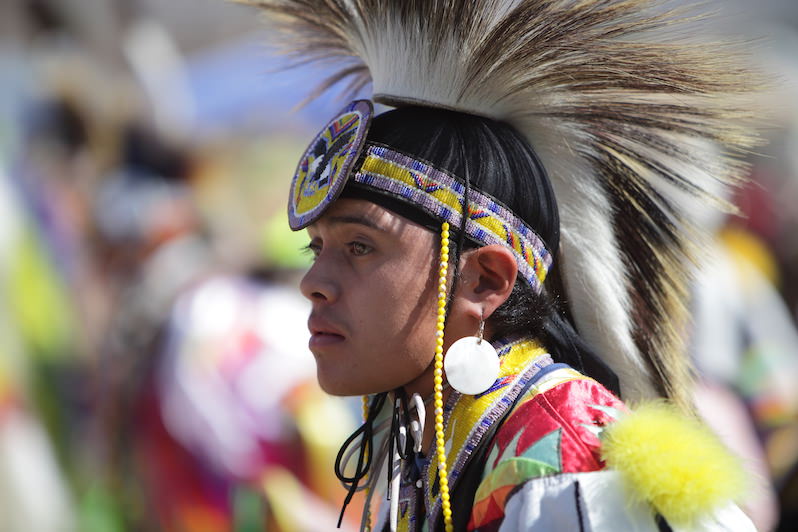 The San Manuel Band of Indians hold their annual Pow Wow on Oct. 13, 2012, in San Bernardino, Calif. Shutterstock
The San Manuel Band of Indians hold their annual Pow Wow on Oct. 13, 2012, in San Bernardino, Calif. Shutterstock
Fox News reprinted a Daily Meal story last week that described the first Thanksgiving in 1621 like this: “a three-day celebration of the first successful harvest, bringing together pilgrims, Native Americans, and a bounty of food.” Hand in hand with this story is the role of “Squanto,” often referred to as a “friendly Indian,” who “taught the Pilgrims about the land, where to hunt, and how to plant corn.” Beyond that, very little about what came after is considered polite conversation at the Thanksgiving table. Rarely discussed is the genocidal basis of the U.S.’ colonial foundation, except as a fact of ancient history.
A new report on violence facing indigenous American children is one stark measure of the contemporary effects of genocide. The report was issued by the Attorney General’s Advisory Committee on American Indian/Alaska Native Children Exposed to Violence and for the first time makes concrete suggestions for fixing the problems based on findings of horrific levels of violence and abuse facing children. Specifically, asserts the report, “American Indian and Alaska Native (AI/AN) children suffer exposure to violence at rates higher than any other race in the United States.” A shocking statistic from the report puts these levels into context: “[C]hildren experience post-traumatic stress disorder at the same rate as veterans returning from Iraq and Afghanistan and triple the rate of the general population.”
Sarah Deer is an associate professor of law at the William Mitchell College of Law and a citizen of the Muscogee (Creek) Nation of Oklahoma. In an interview last week on “Uprising” she explained that “the continuum of violence starts with something as simple as a scuffle at a high school, all the way to witnessing the homicide of a parent and everything in between.” But it is founded on “the historical context in which Native people exist today, and that context is one of extreme violence.”
Few people have put that context of violence on paper as eloquently as Roxanne Dunbar-Ortiz, an American Indian activist and academic whose latest book, “An Indigenous Peoples’ History of the United States,” is now in its fifth printing in less than two months since it was released. In it, Dunbar-Ortiz teases out the complex web of intersecting American policies toward Native peoples that include land theft, dispossession, extermination, broken pledges, Christian missionaries and boarding schools, but also self-determination, resistance and survival. Dunbar-Ortiz refutes the Thanksgiving ideal, writing that “the idea of the gift-giving Indian helping to establish and enrich the development of the U.S. is an insidious smoke screen.” Rather than her book being one that is told from a collective indigenous people’s perspective, she writes, “This is a history of the United States.”
American Indians are not simply a footnote in our collective origin story. They are here because they have survived genocide. Today there are nearly 3 million American Indians, comprising more than 500 federally recognized indigenous communities and nations. In the late 1800s, after centuries of extermination, there were fewer than 1 million indigenous people left who had descended from 15 million inhabitants of the land that we now call the United States of America. In a Nov. 5 interview on “Uprising,” Dunbar-Ortiz told me that “the Wounded Knee massacre of 1890 marks what people in the U.S. call ‘the end of the trail’ — the last Indian. There was a [real] genocide and then a ‘narrative genocide’ in history.” It is this narrative genocide that Dunbar-Ortiz attempts to undermine, because, as she writes in her book, “it was crucial to make the reality and significance of Indigenous Peoples’ survival clear.”
To understand the magnitude of the genocide, it is instructive to lay out the pre-colonial sophistication of indigenous societies in the Americas. Not only were their agricultural systems highly developed to coexist with natural systems, they even invented methods of mass food storage, and charted trails within and between territories, many of which form the basis of the modern freeway system. Additionally, American Indians “were very healthy [and] lived long lives,” said Dunbar-Ortiz, “partly supported by excellent hygiene, which the Europeans always noted with some suspicion.” Many American Indian forms of self-government were matrilineal, which, explained Dunbar-Ortiz, was not simply “the opposite of patriarchy”; rather, it was a democratic form of government. In fact, “women were in charge of the food supply and the distribution of food.” There was also a rich and vibrant system of trade. These facts about pre-colonial Native American history “[don’t] make it out of the technical and archaeological journals,” she lamented.
The arrival of the pilgrims, which is celebrated today as part of this nation’s birth story, represented the beginning of the end of an indigenous way of life. Foremost in the project of extermination was the land grab, which is rooted in notions of “manifest destiny,” a sense of entitlement of land by Anglo settlers that was free for the taking. But that land was not free — it was inhabited for generations by indigenous people who had a very different approach to land ownership from the settlers. Dunbar-Ortiz expanded on that difference, saying, ” The United States when it was founded created this whole new idea of ‘parcels of land’ … making parcels that were commodities for sale, real estate.” It promoted the notion of land as “private property,” which had never before existed on the continent.
It is primarily over land that battles were fought and indigenous people dispossessed. Nothing symbolizes this better than the seminal 1890 Battle of Wounded Knee, in which hundreds of indigenous people from the Sioux community gathered on the banks of the Wounded Knee creek and were surrounded by U.S. troops and massacred. In attempting to express the mainstream settler colonialist attitude toward indigenous people, Dunbar-Ortiz quotes L. Frank Baum, the author of “The Wizard of Oz.” Just a few days after the Wounded Knee massacre, he wrote in a newspaper, “our only safety depends upon the total extermination of the Indians. Having wronged them for centuries we had better, in order to protect our civilization, follow it up by one more wrong and wipe these untamed and untameable creatures from the face of the earth.” Today we tell far-fetched and rosy tales of this nation’s origins. For example, President Obama in his recent speech announcing executive action on immigration policy, said:
We were strangers once, too. And whether our forebears were strangers who crossed the Atlantic, or the Pacific, or the Rio Grande, we are here only because this country welcomed them in, and taught them that to be an American is about something more than what we look like, or what our last names are, or how we worship. What makes us Americans is our shared commitment to an ideal — that all of us are created equal, and all of us have the chance to make of our lives what we will.
Such a story of the origins of the United States of America not only erases the blood and injustice of genocide, it also makes invisible the real resistance of indigenous communities to colonialism.
Dunbar-Ortiz contends that “anti-colonial resistance really started in the Americas, with people learning to defend themselves, taking weapons from the enemy, thinking about how to protect themselves, sometimes moving to different areas.” She cited the “native guerilla leaders” who emerged from organized resistance such as Osceola and Tecumseh.
Although we cannot undo the genocidal project of the founding of the U.S., we can take steps to remedy the violence that indigenous communities face today, particularly children. Deer told me that the attorney general’s recent report is truly “groundbreaking” because it makes concrete recommendations that the government can begin implementing immediately. For example, one of the recommendations is the closing of a loophole that currently prohibits American Indians from legally challenging nonnative people who might cause harm to native children such as physical abuse, sexual abuse and even homicide. It is a simple fix for an egregious and pernicious problem. In fact the loophole has already been closed for victims of domestic violence; however, congressional intransigence has brought full reform to a halt. “It’s as though Congress doesn’t trust the tribes,” Deer said, “and so they’re only expanding the authority a little piece at a time.”
So this year, as we gather around a table laden with turkey and stuffing, rather than recite a Thanksgiving blessing rife with nonsensical notions of pilgrims and “friendly Indians,” rooted in the historical project of genocide, let us remember that we are occupying the land of indigenous people whose resistance to colonialism lives on (as Dunbar-Ortiz writes, “surviving genocide by whatever means, is resistance”), and to whom we owe everything. And then, once we have satiated our hunger, let us begin to address the violence and pain that continues to plague the original stewards of this land as a result of colonization. Only then can we truly be thankful for anything.
Your support matters…Independent journalism is under threat and overshadowed by heavily funded mainstream media.
You can help level the playing field. Become a member.
Your tax-deductible contribution keeps us digging beneath the headlines to give you thought-provoking, investigative reporting and analysis that unearths what's really happening- without compromise.
Give today to support our courageous, independent journalists.
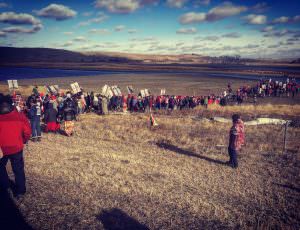
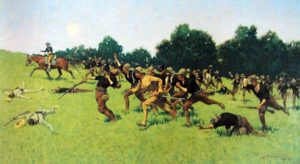

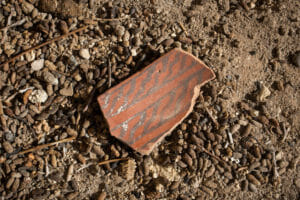
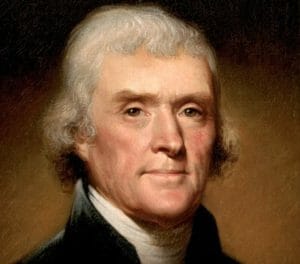
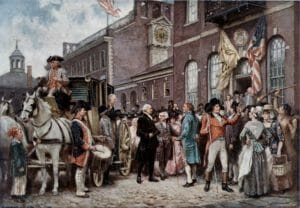
You need to be a supporter to comment.
There are currently no responses to this article.
Be the first to respond.